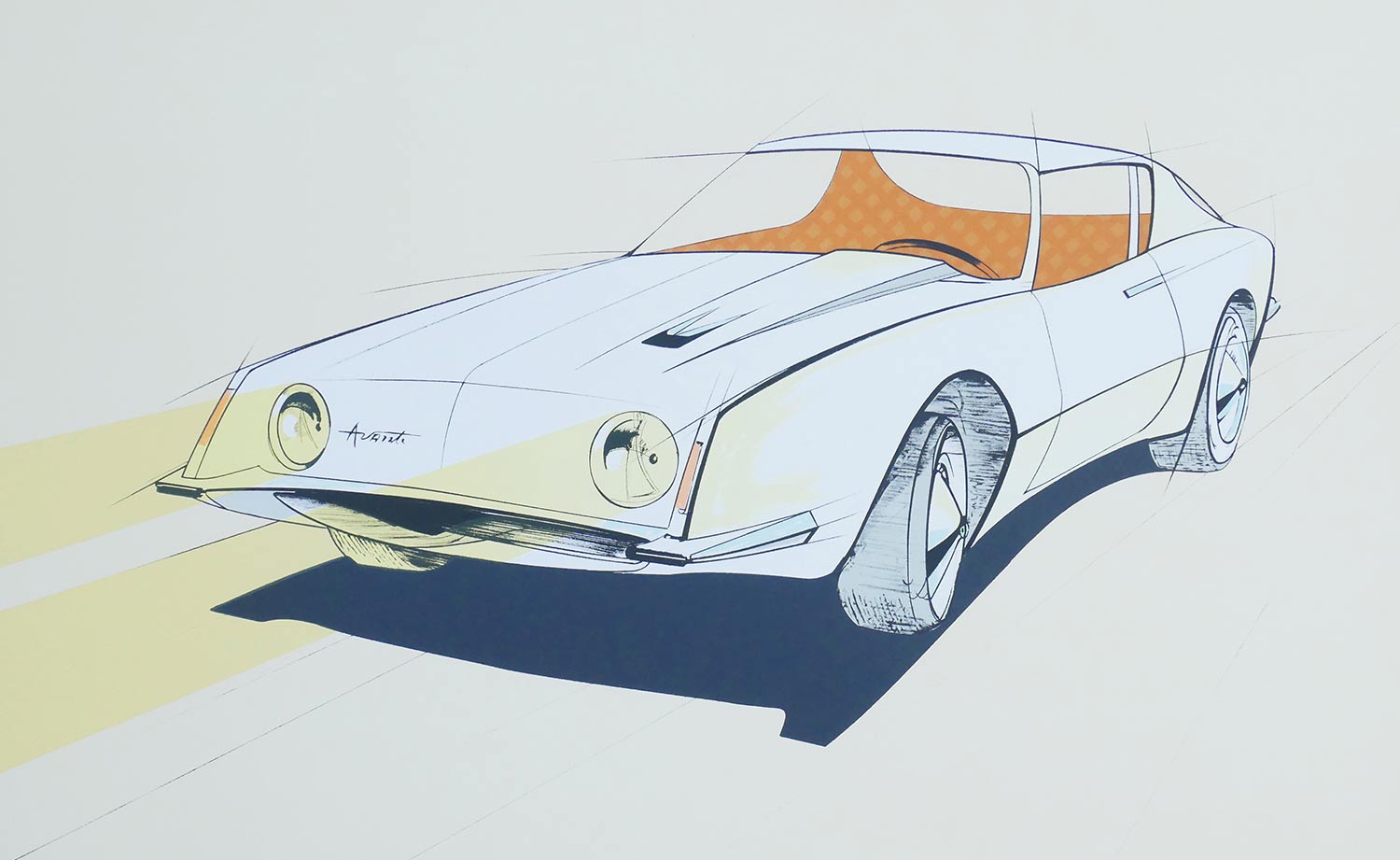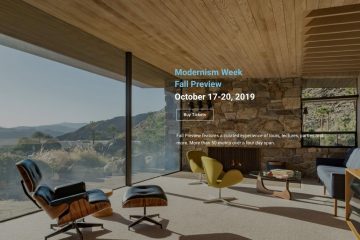Although you may not see many on the road anymore, the Avanti remains one of the most unique cars ever to grace American roadways. Upon its release in 1962, Road & Track dubbed it “a radical departure from the commonplace.” Museum archivist Andrew Beckman called it “a sort of cult film of the automotive world.” And “Loewy” and behold, it was designed by none other than Raymond Loewy himself. (How could we resist a joke? Even though it was a “Loewy ball” to be sure.)
Despite its distinctive design, the Avanti is a luxury vehicle (originally produced by the Studebaker Corporation) that now remains only in the garages of collectors. Its history, although short, confirms that the Avanti was an impressive piece of work created under serious constraints.
The Rise, Fall, and Resurrection of Studebaker
Beginning as a blacksmith shop in 1852, the Studebaker Corporation entered the auto industry in 1902. During its peak, Studebaker acquired luxury carmaker Pierce-Arrow and produced several vehicles, including the Erskine and Rockne. Studebaker competed with the big names until 1933, when it succumbed to the devastation of the Great Depression and filed for bankruptcy.
New Management, New Designs
Later that year, Studebaker got back on track with new management at the helm. With Sherwood Egbert as the new owner, they sold Pierce-Arrow and made other consolidation moves to revive the company. In addition to the financial “housekeeping”, Studebaker decided to employ a new designer- one that would bring the company back from the brink. Egbert contracted with Raymond Loewy to create new, exciting designs to entice customers to welcome Studebaker vehicles back into their driveways.
While working with Studebaker, Loewy designed two of their most popular models– the Starlight and the Starliner. Because his previous designs were so well-received by the public, Loewy was asked to create what Egbert hoped would be a huge money-maker for Studebaker.
The Attempt to Move Studebaker Forward
There was no time to waste. Studebaker needed something to spice up showrooms and bring cash into the floundering company. Egbert envisioned something sporty and exciting, yet utilizing the frame of the current Studebaker Lark. With these instructions, Egbert gave Loewy exactly 6 weeks to come up with both a design and a full-scale clay model. Loewy quickly put together a design team, locked them away for 16 days in a rented bungalow in Palm Springs, and there the Avanti came into being.
Italian for “forward”, the Avanti demonstrated a much more modern feel and design. For example, the body was made out of fiberglass, not steel. Additionally, the Avanti had a smooth nose with no front grille. Loewy believed them to be too “commonplace”. The Avanti also came standard with front disc brakes. Finally, there was an unusual bump on the left side of the hood. Loewy explained, “If you were on a straight highway standing at the steering wheel, that panel was oriented forward where the roadway would bend with the horizon, parallel to the centerline of the chassis frame. It made the car and driver integral, like the sight of a gun.”
In just under 14 months, this project was completed and production began. Unfortunately, customers became frustrated because of delivery delays, causing slower sales. Egbert’s goal of selling 20,000 in a year fell far short as the Avanti only sold 4,643 over its lifetime. He left the company in 1963 for health reasons, and the Indiana factory shut down a month later. Studebaker officially closed its doors in 1967.
Two Studebaker dealers, Leo Newman, and Nathan Altman bought the rights to the Avanti design and began producing the Avanti II. The Avanti went through another iteration, after being featured in the sci-fi movie GATTACA, before production finally ceased in 2006.
A Loewy Favorite
Raymond Loewy not only designed the Avanti, but he also owned several himself. One he kept at his home in Palm Springs, and the other went to his home in France. It seems as though he was very proud of his creation, even if the masses didn’t fully appreciate it.
Concept as Art
Imagine delighting in the classic design of the Studebaker Avanti when perusing your collection. The artist created a maquette for the Avanti lithograph after his original 1962-1963 design. Using this design as a model, mylar sheets (one for each color), were prepared by Alberto Barrera, under the artist’s direction, and then chemically transferred onto emulsion-coated aluminum lithographic plates at the American Atelier. Silver foil was applied by hot stamping.
Proofs were pulled. Corrections and additions were made by hand to the first proofs by the artist. A second proof was pulled under the supervision of Technical Director, Mauro Guiffreda at the American Atelier. Finally, each print in the edition was inspected and initialed by hand in pencil by Loewy at The American Atelier in December 1978. You can own the Avanti lithograph by checking out the product page.





